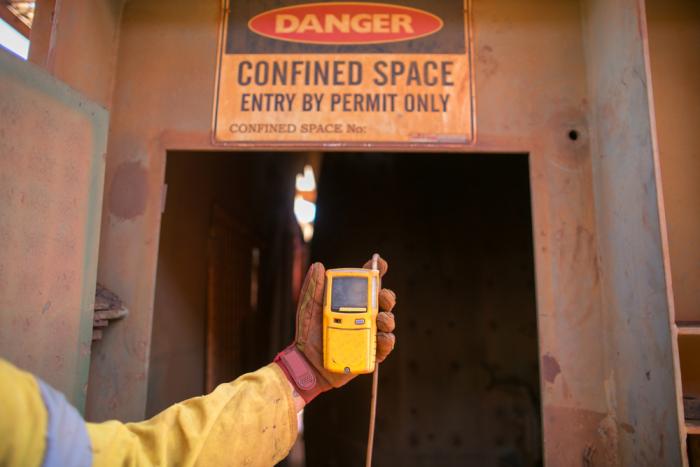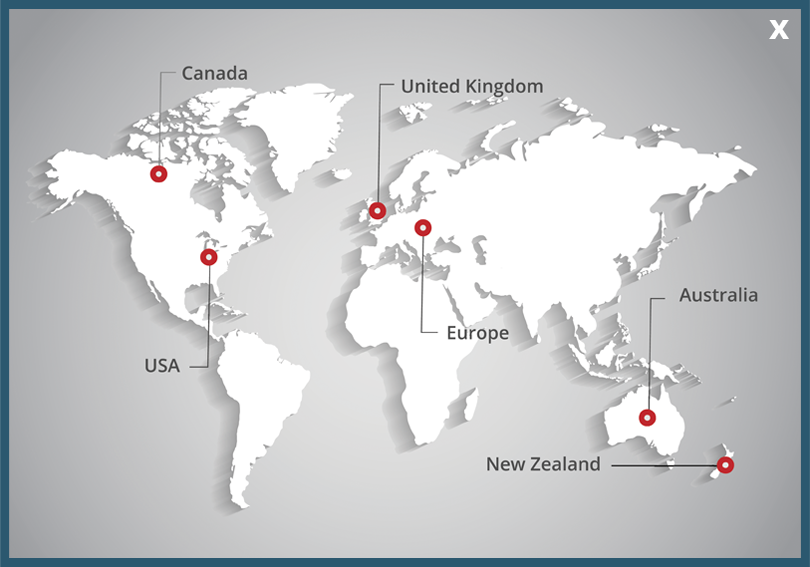Understanding Confined Spaces

Confined spaces can pose a significant risk to workers' health and safety. Confined spaces refer to areas that are not designed for continuous occupancy, have limited means of entry and exit, and can have a hazardous atmosphere or other dangerous conditions. In Canada, there are strict regulations in place to ensure that workers are adequately protected when working in confined spaces. In this blog post, we will explore these regulations in more detail although you should familiarize yourself with the regulations in the province you are working in.
The regulations governing confined spaces in Canada fall under the jurisdiction of the Canada Occupational Health and Safety Regulations (COHSR). The COHSR sets out the requirements for employers to protect their workers from the hazards of working in confined spaces.
One of the primary requirements under the COHSR is that employers must identify and assess all confined spaces in their workplace. This assessment must include a determination of the hazards present in the confined space, including the potential for a hazardous atmosphere, physical hazards such as sharp edges or moving parts, and other hazards such as noise or vibration. Employers must also determine the means of entry and exit for each confined space and assess the adequacy of ventilation and lighting.
Employers must also ensure that workers who enter confined spaces are adequately trained and equipped to do so safely. This includes providing appropriate personal protective equipment (PPE) such as respiratory protection and fall protection, as well as training on the use of this equipment. Workers must also be trained on the hazards associated with working in confined spaces, including the signs and symptoms of exposure to hazardous substances and the risks associated with working in areas with limited means of entry and exit.
Employers must also have a confined space entry plan in place for each confined space. This plan must include the procedures for entering and exiting the confined space, the measures in place to control hazards such as ventilation and lockout procedures, and the emergency procedures in place in case of an accident or exposure to a hazardous atmosphere.
Another important requirement under the COHSR is the need for continuous monitoring of the confined space during entry. This includes monitoring for oxygen levels, toxic gases, and other hazardous substances that could pose a risk to workers' health and safety. Employers must also have a system in place for communicating with workers in the confined space, such as a two-way radio or other communication device.
Finally, employers must have a rescue plan in place in case of an emergency. This plan must include the procedures for rescuing workers from the confined space, the training and equipment needed for rescuers, and the emergency services that will be called in case of an emergency. Note: relying on local emergency services needs to be reviewed as not all emergency services have the training and tools required to manage a confined space rescue, especially in rural areas where fire and rescue team may be voluntary.
In conclusion, working in confined spaces can be dangerous and requires proper planning, training, and equipment. Employers in Canada must comply with the regulations set out in the COHSR to ensure that workers are adequately protected when working in confined spaces. Failure to comply with these regulations can result in fines and legal action, as well as the risk of serious injury or death to workers.
Contact a safety access specialist today to learn more about how your crew can ensure safety in confined spaces.





